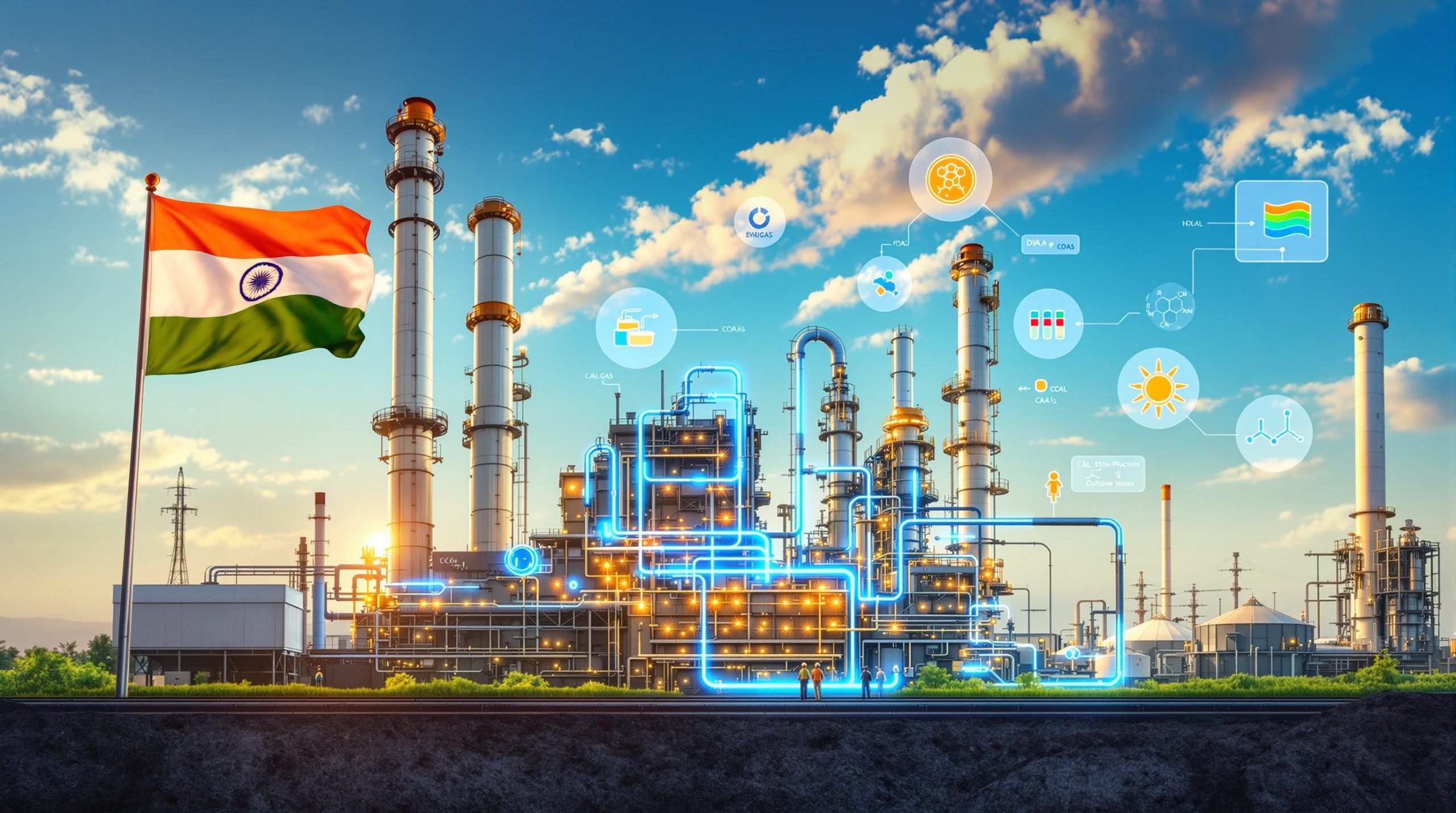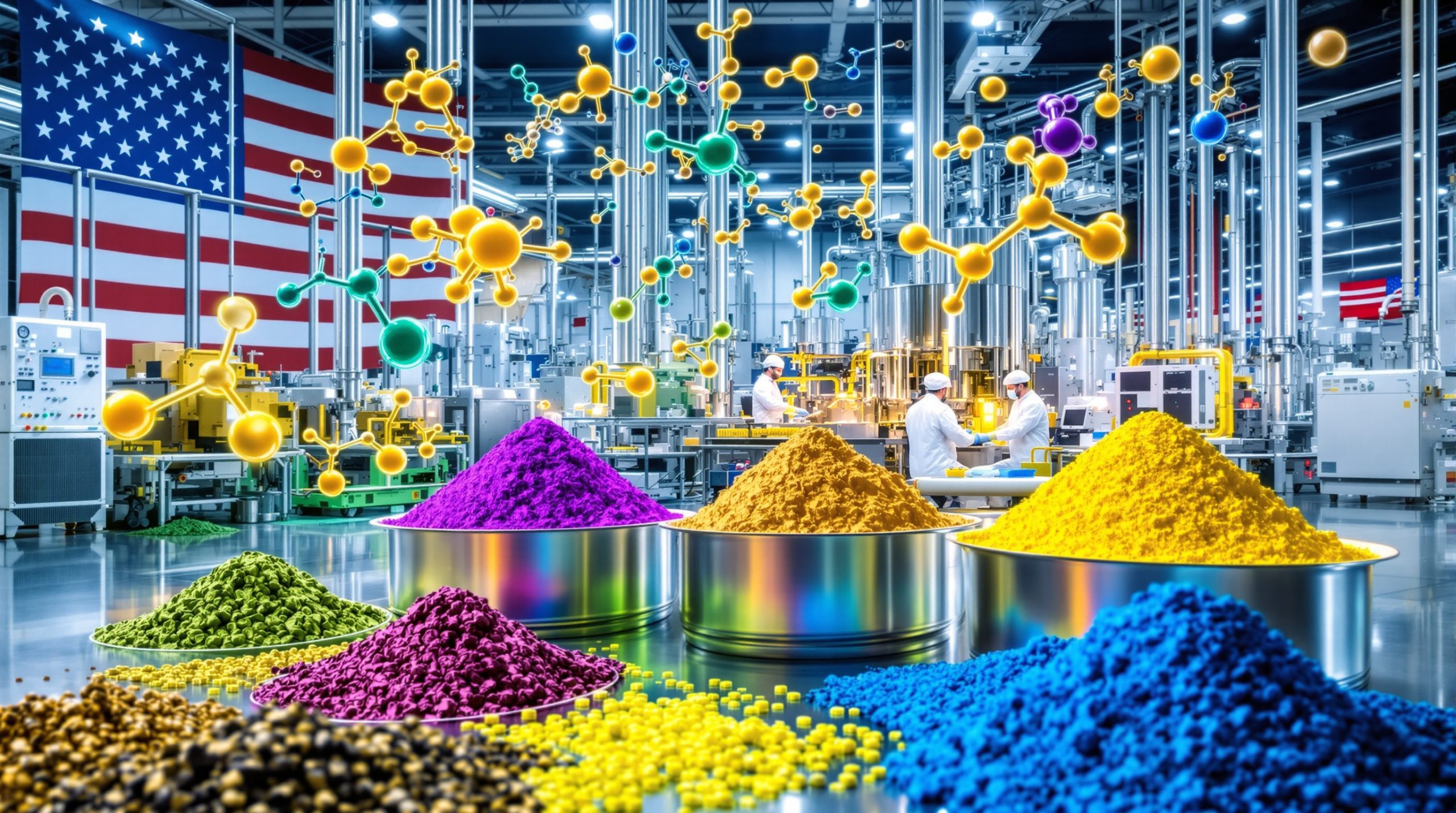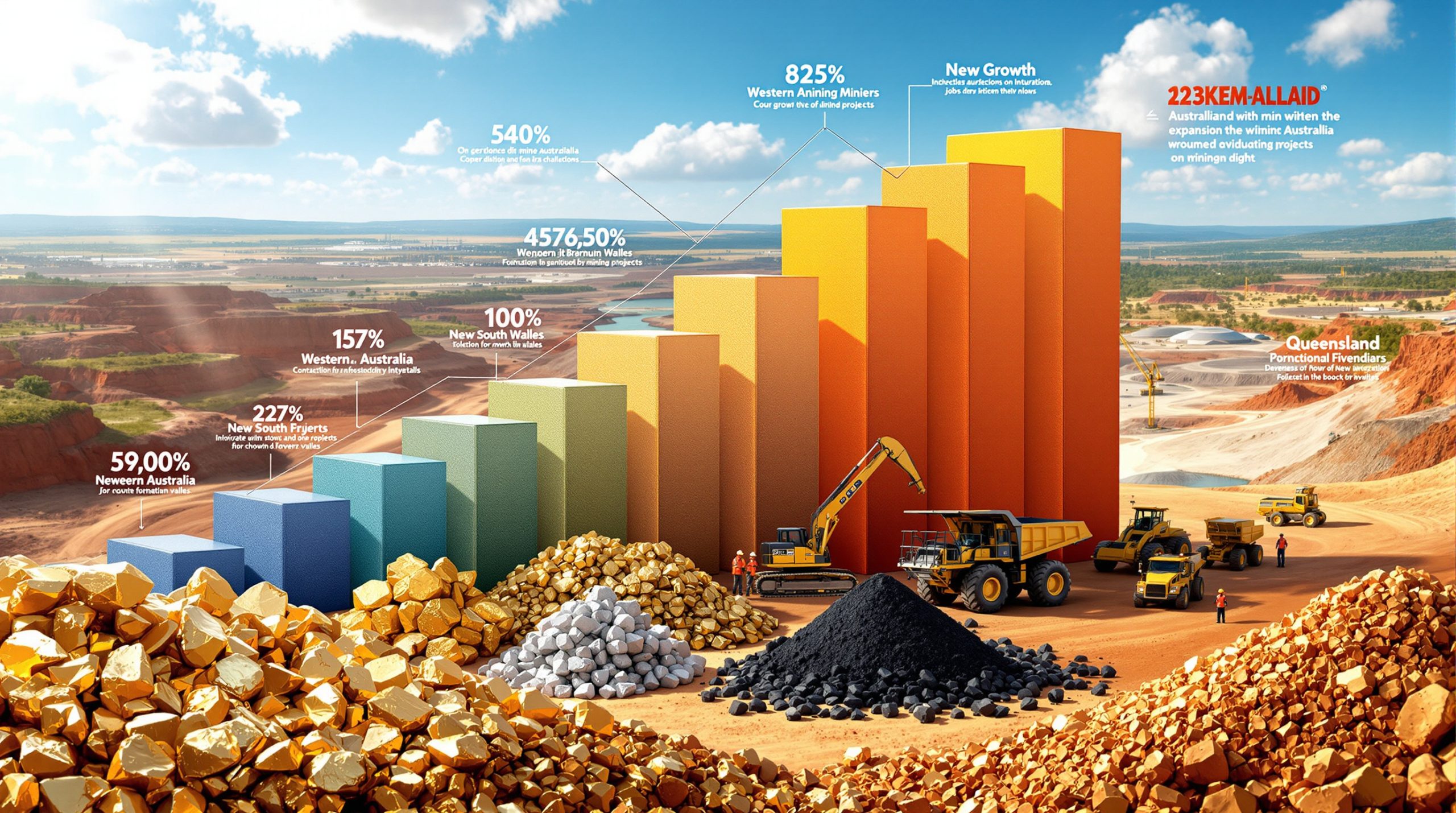What is Driving the Need for Solar Panel Recycling?
The Growing Solar Panel Waste Crisis
The world is facing an unprecedented solar panel waste challenge as renewable energy installations reach the end of their operational lives. According to International Energy Agency projections, global photovoltaic (PV) solar panel waste will reach a staggering 8 million tonnes by 2030, escalating dramatically to 60-78 million tonnes by 2050. This exponential growth represents both an environmental crisis and a resource opportunity.
Australia alone is expected to accumulate 1 million tonnes of solar panel waste by 2035—equivalent to approximately 50 million individual panels—with recoverable materials valued at over $1 billion. Despite this potential value, the current global recycling rate for PV solar cells remains dismally low at only 15%, with the vast majority ending up in landfills.
Traditional recycling approaches have proven inadequate due to their complexity, requiring high-temperature furnaces operating at up to 1,400°C and hazardous chemicals that present their own environmental concerns. These methods are not only energy-intensive but also compromise the recovery of valuable materials through cross-contamination.
"The current solar recycling landscape is characterized by inefficient processes that fail to capture the true value of end-of-life panels. This represents both an environmental liability and a missed economic opportunity." — Industry analysts quoted in resource sector publications
The Valuable Materials Hidden in Solar Waste
Solar panels are treasure troves of valuable metals and materials. The average solar panel contains approximately 20 grams (0.7 ounces) of silver, which is applied as a conductive paste to solar cell surfaces. This seemingly small amount becomes significant when multiplied by millions of panels reaching end-of-life annually.
Beyond silver, solar panels contain other critical materials including:
- Silicon – High-purity semiconductor material comprising the bulk of most panels
- Gallium – Rare metal used in high-efficiency cells
- Indium – Critical input for transparent conductive layers
- Aluminum – Used in panel frames and electrical connections
- Copper – Employed in wiring and conductive elements
- Glass – High-transmission specialty glass constituting up to 75% of panel weight
These materials are not only environmentally problematic when landfilled but represent critical inputs for the semiconductor and electronics industries facing supply constraints. As demand for these materials continues to grow across multiple technology sectors, the economic case for efficient recycling becomes increasingly compelling.
How Does Innovative Microwave Technology Transform Solar Panel Recycling?
The Revolutionary Delamination Process
A breakthrough technology developed by researchers at Macquarie University is transforming the solar panel recycling landscape through an innovative approach to material separation. Unlike conventional methods that crush entire panels into mixed waste streams, this process uses microwave joule heating to selectively target the silicon wafers within the panel structure.
The technology works by precisely heating the silicon components, which in turn softens the ethylene vinyl acetate (EVA) thermoplastic encapsulant that binds the panel layers together. This strategic heating allows the layers to separate at room temperature without damaging the valuable components inside.
This selective delamination represents a fundamental shift in recycling methodology. By eliminating the need for extreme heat typically required to break down panels (up to 1,400°C in conventional processes), the technology dramatically reduces energy consumption while preserving material integrity.
The precision of this approach also means operators can avoid using the expensive and hazardous chemicals common in traditional recycling methods, such as hydrofluoric acid, which poses significant workplace safety and environmental risks.
Advantages Over Conventional Recycling Methods
The microwave joule heating technology offers numerous advantages over traditional recycling approaches:
- Selective material separation without mechanical crushing, preserving the integrity of valuable components
- Prevention of cross-contamination that typically occurs when panels are crushed together, mixing glass, plastics, and metals
- Significantly improved recovery rates of valuable materials, particularly silver and semiconductor components
- Substantial reduction in energy consumption compared to furnace-based processing
- Elimination of toxic chemicals typically used in conventional recycling
- Targeted extraction capability allowing processors to focus on high-value materials first
By preserving the structural integrity of the silicon wafers and other components, this technology enables much more efficient downstream processing. The clean separation of materials creates pure material streams that command higher market values compared to mixed recyclates from conventional processes.
Why is Silver Recovery Becoming Increasingly Important?
The Rising Demand for Silver in Renewable Energy
Silver's unique properties—including unmatched electrical conductivity, thermal stability, and reflectivity—make it irreplaceable in numerous high-tech applications, particularly solar energy. Global silver demand is projected to reach a record 680 million ounces in 2025, driven by a 7% increase in industrial applications.
This surging demand is creating a significant market deficit estimated at approximately 117.6 million ounces, pushing prices upward. Since 2018, silver has experienced a remarkable 126% price increase, rising from US$15 per ounce to US$34 per ounce in 2025.
PV panels account for a significant and growing share of total silver consumption, with each standard panel containing approximately 20 grams. As solar installations continue to accelerate globally to meet climate targets, the pressure on silver supplies intensifies. The International Renewable Energy Agency projects global solar capacity to increase from 875 GW in 2022 to over 8,000 GW by 2050, suggesting sustained high demand for gold-silver ratio insights in coming decades.
"The continued expansion of industries reliant on silver, coupled with supply constraints, suggests that silver's value is likely to remain high in the coming years, creating a compelling economic case for recovery from end-of-life products." — Iggy Tan, Chair of Lithium Universe
Supply Constraints Creating Market Opportunities
Traditional silver mining operations are struggling to meet the increasing demand from multiple sectors. Primary silver mines face declining ore grades, increasing extraction costs, and lengthening development timelines for new projects. Environmental regulations and social license considerations further constrain new mining developments.
These supply limitations create an exceptional opportunity for recycling to fill the gap. End-of-life solar panels represent a concentrated, consistent source of silver that can be recovered at costs potentially lower than primary mining, especially as recycling technologies advance.
The economic argument for silver extraction and solar panel recycling is compelling:
- Mining new silver requires approximately 7.5 GJ of energy per kilogram, compared to 1.2 GJ per kilogram for recycled silver
- Recycling avoids the environmental impacts of mining, including habitat disruption and water usage
- Urban mining from existing waste streams eliminates exploration costs and reduces project development time
- Recovery from solar panels provides a predictable, growing feedstock source with known silver content
As industries dependent on silver continue to expand—including electronics, medical devices, and renewable energy—recycled sources will play an increasingly vital role in securing stable supply chains and moderating price volatility.
What is the Two-Phase Extraction Strategy for Solar Panel Recycling?
Phase One: Silver Extraction
The initial focus of advanced solar panel recycling operations centers on recovering silver from delaminated panels. This strategic prioritization makes economic sense for several compelling reasons:
Silver represents the most immediate value opportunity due to its high market price (US$34/oz) and relatively straightforward extraction processes once panels are properly delaminated. The precious metal content provides the financial foundation that makes the overall recycling operation viable.
Using the microwave joule heating technology, operators can efficiently separate panel components and access the silver-containing elements without damaging or contaminating other materials. This targeted approach allows for optimization of silver recovery rates while preserving other components for subsequent processing.
The extraction methodology focuses on:
- Separating silver-bearing components from the delaminated panel structure
- Applying specialized extraction techniques to isolate silver from silicon wafers
- Processing recovered silver to meet market purity requirements
- Developing scalable systems that can handle increasing volumes of end-of-life panels
This phased approach allows recycling operations to generate immediate revenue while refining processes for other materials, essentially using silver extraction and solar panel recycling to bootstrap more comprehensive recycling capabilities.
Phase Two: Recovery of Additional Critical Materials
Once silver extraction processes are established and operational, recyclers can expand their focus to recover additional valuable materials from the delaminated panels. Phase two targets semiconductor-grade silicon, gallium, indium, and other critical materials essential for the electronics and renewable energy industries.
These materials present different technical challenges for extraction but represent significant additional value streams:
- Silicon – High-purity silicon can be repurposed for new solar panels or electronic applications
- Gallium – Essential for LED manufacturing and advanced electronics
- Indium – Critical for touchscreens and transparent conductive applications
- Aluminum – Easily recycled for numerous industrial applications
- Copper – Valuable conductor with established recycling markets
- Glass – Can be repurposed for new solar panels or other applications
Researchers at Macquarie University are developing complementary extraction methods specifically designed to work with materials recovered from the delamination process. These specialized techniques aim to maximize recovery rates while minimizing processing costs and environmental impacts.
"The comprehensive recovery of materials from solar panels isn't just about extracting silver—it's about developing a circular economy approach that maximizes the value of every component while minimizing waste." — Materials recovery specialists
What Makes Solar Panel Recycling a Lucrative Business Opportunity?
Economic Benefits of Silver Recovery
The business case for solar panel recycling hinges on several compelling economic factors that make it increasingly attractive to investors and entrepreneurs. First and foremost is the growing volume of solar panel waste, which provides a readily available, low-cost feedstock for recycling operations. Unlike traditional mining, which requires extensive exploration, permitting, and development, solar panel recycling can tap into existing waste streams that are projected to grow exponentially.
The economics become particularly favorable when considering silver recovery:
- At current prices (US$34/oz), each standard solar panel contains approximately US$24 worth of silver
- A single recycling facility processing 10,000 tonnes of panels annually could recover approximately 200,000 ounces of silver worth US$6.8 million
- Recovery costs using advanced methods are significantly lower than traditional mining costs per ounce
- Economies of scale improve as waste volumes increase and processing technologies mature
The increasing demand from electronics and renewable energy sectors ensures a ready market for recovered silver, with potential premium pricing for environmentally responsible sourcing. As manufacturers face pressure to reduce their carbon footprint and secure ethical material sources, recycled silver offers both environmental and reputational benefits.
Strategic Positioning in the Circular Economy
Beyond immediate financial returns, solar panel recycling represents strategic positioning in the emerging circular economy—a model that designs out waste and pollution, keeps products and materials in use, and regenerates natural systems.
Companies establishing early leadership in this space gain multiple competitive advantages:
- First-mover benefits in securing waste panel supply through collection networks and partnerships
- Technological expertise development that creates barriers to entry for competitors
- Regulatory advantage as governments increasingly mandate recycling of electronic waste
- Brand differentiation as a sustainability leader in the clean energy transition
- Reduced exposure to supply chain disruptions affecting primary material sources
The recycling sector also creates significant employment opportunities—typically generating more jobs per tonne of material than landfilling or incineration. These include roles in collection, transportation, processing, research, and administration.
As the renewable energy industry matures, the ability to recapture and reuse critical materials will become increasingly vital to its claim of sustainability transformation. Companies that solve the end-of-life challenges for solar panels not only address an environmental problem but position themselves at a critical junction in the circular clean energy economy.
How Does This Technology Address Environmental Concerns?
Reducing Landfill Impact
The environmental benefits of advanced solar panel recycling extend far beyond the recovery of valuable materials. Perhaps most significantly, effective recycling diverts millions of tonnes of solar panel waste from landfills, where they consume valuable space and potentially create long-term environmental hazards.
When solar panels are landfilled, several environmental risks emerge:
- Potential leaching of lead, cadmium, and other heavy metals into soil and groundwater over time
- Loss of valuable land area to waste disposal that could serve other purposes
- Methane generation from the breakdown of organic components in the panels
- Transportation emissions associated with moving heavy panels to distant disposal sites
By implementing widespread recycling using the microwave delamination technology, these impacts can be dramatically reduced. The process extends the useful life of valuable resources by returning them to the production cycle, embracing the principles of circular resource management rather than the traditional linear "take-make-dispose" model.
For perspective, diverting the projected 60-78 million tonnes of global solar waste by 2050 would be equivalent to removing dozens of large landfills from the waste management solutions system.
Lowering Carbon Footprint
Silver extraction and solar panel recycling significantly reduces the carbon footprint associated with material production, particularly for energy-intensive metals like silver and aluminum. The microwave joule heating technology further enhances these benefits by dramatically reducing the energy requirements compared to traditional recycling methods.
The carbon advantages include:
- Reduced primary mining – Recycled silver produces approximately 38kg CO₂e per kilogram, compared to 150kg CO₂e for mined silver
- Lower processing energy – The microwave technology operates at room temperature, avoiding the 1,400°C temperatures required by conventional methods
- Decreased transportation impacts – Regional recycling reduces shipping distances compared to centralized processing
- Extended material lifecycle – Each recycling cycle avoids the emissions associated with virgin material production
These carbon reductions support the overall sustainability goals of renewable energy by addressing the full lifecycle impacts of solar technology. As the industry evolution insights continue to develop, demonstrating closed-loop material flows becomes increasingly important to maintaining its environmental credentials.
"True sustainability in renewable energy requires addressing the entire lifecycle of components, from raw material extraction through end-of-life management. Advanced recycling closes this loop and strengthens the environmental case for solar energy." — Environmental policy researchers
What's Next for Solar Panel Recycling Technology?
Complementary Extraction Methods Under Development
The future of solar panel recycling lies in developing a comprehensive suite of technologies that can efficiently recover all valuable materials. Building on the breakthrough microwave delamination process, researchers at Macquarie University are developing specialized silver extraction methods specifically designed for delaminated silicon wafers.
This complementary technology, currently patent-pending, focuses on:
- Optimizing silver recovery rates from the separated cell materials
- Minimizing chemical inputs and environmental impacts
- Ensuring extracted silver meets industrial purity standards
- Integrating seamlessly with the delamination process
The researchers intend to license this technology to commercial partners once patents are secured, creating opportunities for implementation across the recycling industry. Companies like Lithium Universe are already positioned to evaluate these technologies when they become commercially available.
Beyond silver, research continues into efficient recovery methods for other critical materials in solar panels. These developing technologies aim to address the full spectrum of valuable components, creating integrated systems that maximize material recovery while minimizing processing costs and environmental impacts.
Scaling Up for Commercial Implementation
The transition from laboratory success to commercial-scale operations represents the next critical challenge for solar panel recycling technology. This scaling process involves several key steps:
- Pilot plant development to validate processes at intermediate scale (typically processing 1-5 tonnes of panels daily)
- Process optimization to maximize recovery rates and operational efficiency
- Equipment engineering to develop specialized machinery for high-volume processing
- Logistics network development for panel collection and material distribution
- Quality assurance systems to ensure recovered materials meet market specifications
Industry partnerships across the solar value chain will be essential for successful commercialization. These include collaborations with:
- Solar manufacturers to design more recyclable panels
- Installation companies to establish take-back programs
- Waste management firms to improve collection infrastructure
- Materials purchasers to develop markets for recovered components
- Research institutions to continuously improve processes
As the technology matures, standardized procedures will emerge, enabling widespread adoption and potentially leading to dedicated recycling facilities in regions with high solar panel installation rates. The economics of scale will progressively improve as waste volumes increase and processing technologies advance.
Frequently Asked Questions About Solar Panel Recycling
How much silver is in a typical solar panel?
The average photovoltaic solar panel contains approximately 20 grams (0.7 ounces) of silver, which is used to create conductive paste that helps transmit the electricity generated by the solar cells. At current market prices (US$34/oz), this represents about US$24 worth of silver per panel. While this may seem modest for a single panel, it becomes significant when multiplied by millions of panels reaching end-of-life annually. Silver content varies somewhat by manufacturer and panel technology, with high-efficiency cells typically containing more silver than standard panels.
Why aren't more solar panels being recycled currently?
Only about 15% of solar panels are currently recycled worldwide due to several challenging factors. Conventional recycling methods require complex processes involving high-temperature furnaces (up to 1,400°C) and toxic chemicals such as hydrofluoric acid, making it costly and environmentally problematic. The multi-layer construction of panels with diverse materials bonded together creates technical difficulties for separation. Additionally, many regions lack dedicated collection systems and regulatory frameworks specifically for solar panel recycling, and the relatively
Want to Catch the Next Mining Discovery Before the Market?
Discover how real-time alerts on significant ASX mineral discoveries could transform your investment strategy with Discovery Alert's proprietary Discovery IQ model. Visit our discoveries page to explore historic examples of exceptional returns and begin your 30-day free trial today to position yourself ahead of the market.




